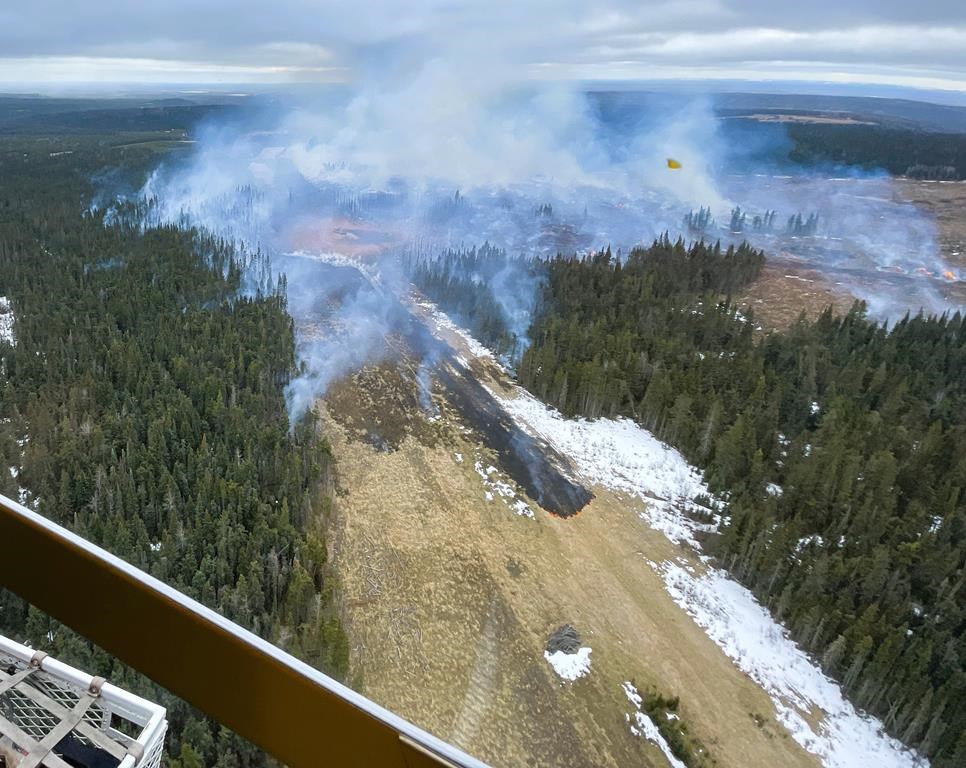New, free e-magazine teaches kids about COVID-19
Posted May 21, 2020 7:23 pm.
WINNIPEG (CITYNEWS) – A new e-magazine available now aims to help kids, and their families, understand how COVID-19 spreads.
With contributions from scientists across the globe, “No Mercy for the Coronas” is a first of its kind youth science magazine. It teaches kids anything from how to defend against the virus, to what scientists are doing to battle back during the pandemic.
The free tool is the brainchild of Sophie Gaulin, the editor and publisher at La Liberte. As a mother, Gaulin noticed a shortage of child-focused COVID-19 resources and realized she had the right team to build one.
She gathered 20 funders, 15 scientific experts, and partners from across Canada and the world. Together, they developed and produced the e-magazine in just five weeks. Gaulin says the material instantly had a positive impact on her own kids.
“When they started learning about their body working like a castle and why this cell and this cell, what was the role,” she explained, “they felt more empowered and also more at ease that their body was able to work properly, to fight it.”
The magazine’s content was co-developed by health literacy educators specializing in communicating scientific content to children and teens.
Steve Jones, director of the youth BIOlab at St. Boniface Hospital, specializes in making complex scientific concepts approachable and understandable to kids.
“We shut down on March 23, our entire building,” said Jones. “Obviously with no kids around, we were looking for something to do as well, and the timing was just perfect for us.
“Kids are naturally curious, that’s the best thing about them. And they want to learn all these things and they can understand complicated scientific concepts.”
The 64-page magazine covers how the COVID-19 virus spreads, how cells in our body fight it, the role scientists and researchers play in developing a vaccine along with some basic biology and medical information.
The e-magazine is available in French and English. It was a global effort, but most of the scientific work came directly out of Manitoba.
“Look at all the work that’s being done here in Manitoba,” said Jones. “I think it’s really a remarkable part of this too, that we have that expertise here. It’s nice to be able to showcase that as well.”








